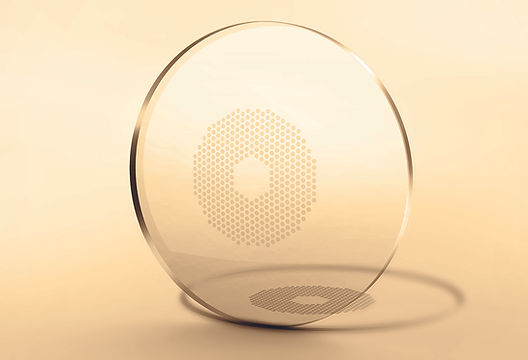MYOPIA
By 2050 it is expected that 50% of the world’s population will be short (near) sighted = MYOPIA
Myopia not only means being unable to see beyond screen distance clearly (without glasses), but there are increased risks to eye health in later life due to this “eye stretching”: higher risk of retinal detachment, glaucoma and cataract.
This is strongly linked to the global increase in screen use at close range, particularly in young children.

MYOPIA
By 2050 it is expected that 50% of the world’s population will be short (near) sighted = MYOPIA
Myopia not only means being unable to see beyond screen distance clearly (without glasses), but there are increased risks to eye health in later life due to this “eye stretching”: higher risk of retinal detachment, glaucoma and cataract.
This is strongly linked to the global increase in screen use at close range, particularly in young children.
Myopia occurs when the eye is too long or too curved. Most babies are born with 25% shorter eyes than adults, allowing “room to grow” to “normal” length by adulthood. If this “adult size” is reached before growth has stopped (in late teens/early twenties), then the eyes become myopic because they are now too long.
The earlier the eyes reach adult size, the more short-sighted the child will become as they continue to grow.

LOW RISK children – neither parent has myopia and eye length is normal for age
MEDIUM RISK children – one parent has myopia and eye length is longer than normal for age
HIGH RISK children – both parents are myopic and the child is already myopic (especially before the age of 12)
There is a recommendation to ACTIVELY TREAT those children at HIGH RISK for MYOPIA.


MYOPIA CONTROL LENSES (and contact lenses).
Standard lenses do not fully correct vision in the periphery of the retina (used for movement detection), but they do fully correct central vision (used for detail and colour).
MiYOSMART lenses have been designed to provide clear central vision while defocusing the peripheral retina to reduce triggers that promote an increase in eye length. Studies have shown that these lenses can reduce myopic progression by up to 60% by stabilising the growth rate.

Other recommendations include regular breaks from screen use and other close work, as well as at least 2 hours of outdoor play/activity per day for children.